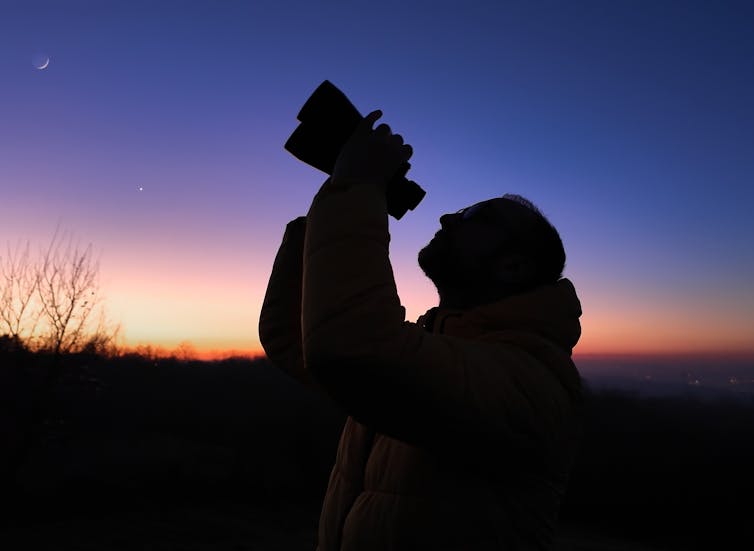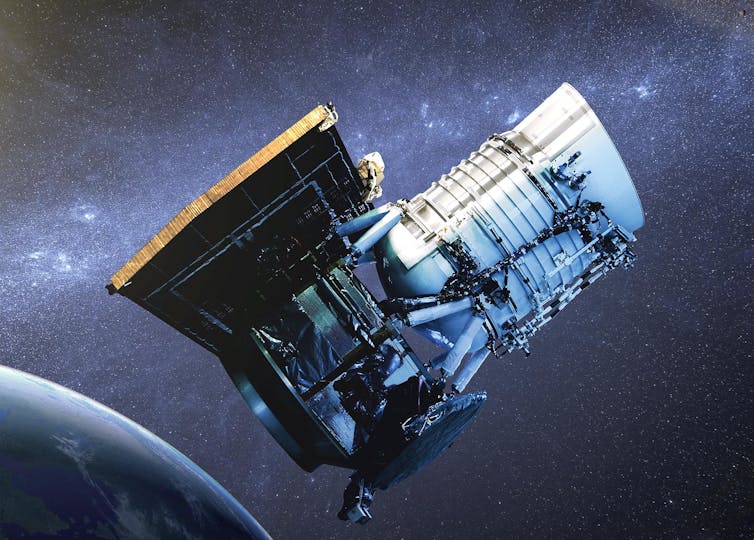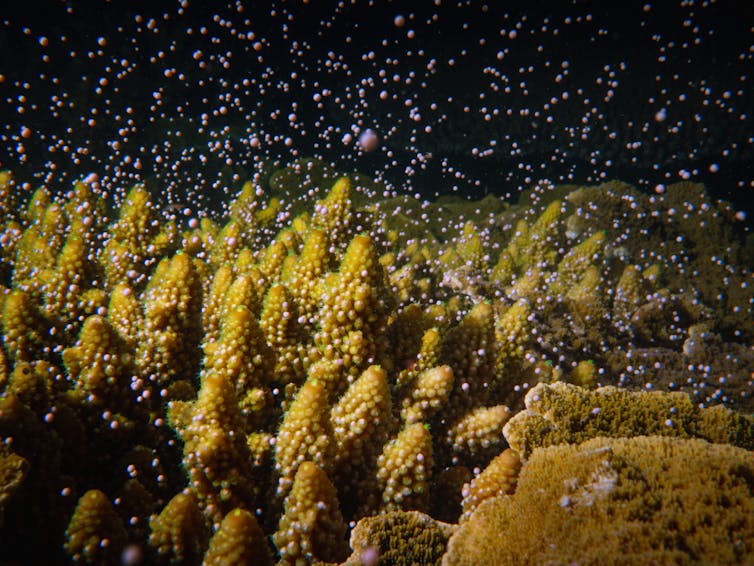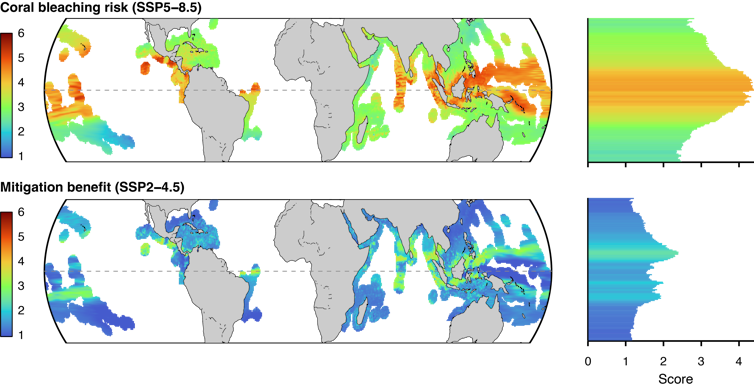The ‘best comet of the year’ is finally here – here’s everything you need to know

In January 2023, a new comet was discovered. Comets are found regularly, but astronomers quickly realised this one, called C/2023 A3 (Tsuchinshan-ATLAS), had the potential to be quite bright.
Some hyperbolic reports have suggested it might be the “comet of the century”, but any astronomer will tell you the brightness of comets is notoriously hard to predict. As I explained last year, we’d have to wait until it arrived to be sure how bright it would become.
Now, the time has come. Comet C/2023 A3 is currently visible with the naked eye in the morning sky in Australia and Aotearoa New Zealand, with its best yet to come in the next few weeks. And it does look promising. It’s unlikely to be the comet of the decade (never mind the comet of the century), but it will almost certainly become the best comet of the year.
So where, and when, should you look to get your best views of this celestial visitor?
A show in the morning, before sunrise
At the moment, comet C/2023 A3 (Tsuchinshan-ATLAS) is a morning object, rising around an hour and a half before sunrise. It is visible to the naked eye, but not yet spectacular. However, with binoculars you can easily see the comet’s dusty tail pointing away from the Sun.
The comet will remain at about the same altitude in the morning sky until around September 30. It will then get closer to the horizon on each consecutive morning until it’s lost in the glare of the approaching dawn by October 6 or 7.
If you want to spot the comet in the morning sky, look east. The sliders below will help you orient yourself and choose the best time to look, depending on your latitude.
During this period, the comet should slowly brighten. It reaches its closest approach to the Sun (perihelion) on September 27, when it will be 58 million kilometres from our star.
As it swings around the Sun, it will continue to approach Earth, and so should continue to brighten. The best show in the morning sky will likely be during the last couple of days of September and the first few days in October, before the comet is lost to view.
A potential daylight comet
Thanks to pure good fortune, comet C/2023 A3 (Tsuchinshan-ATLAS) will then pass almost directly between Earth and the Sun on October 9 and 10.
This could cause a spectacular brightening of the comet, thanks to “forward scattering” caused by its dust. Imagine looking towards a bright light source through a cloud of dust grains. The grains nearest to the light source will scatter light from the source back towards you.
As the comet swings between Earth and the Sun, it will be perfectly placed for this forward scattering process to occur. If the comet is particularly dusty, this could cause its apparent brightness to increase by up to 100 times.
If it does, there’s a small chance the comet could briefly become visible in the daylight sky on October 9 and 10.
However, it will be very close to the Sun in the sky, and incredibly hard to spot. Only the most experienced observers may be able to detect the comet at this time, and it requires a special technique. Do not try to stare at the Sun to see it.
The best show could be after October 12
After swinging between Earth and the Sun, the comet will appear in the evening sky. It will rapidly climb in the western sky, and should be a bright, naked-eye object for a few days from October 12. The sliders below will give you a sense of where to look.
For the first few days of this period, the comet will still benefit from the forward scattering of sunlight, but this will decrease as it moves away.
What about the tail?
The positioning of the comet, Earth and the Sun in the Solar System means the comet’s tail will be streaming outwards, past our planet. This means it could grow to prodigious lengths in the night sky.
The bulk of that tail will likely be too dim to see easily with the naked eye, but it could be a fantastic spectacle for photographers. Expect to see a wealth of comet images flooding the internet around the middle of October.
As the days pass and the comet climbs higher, it will fade quite rapidly. It will likely become too faint to see with the naked eye, even for seasoned and experienced observers, before the end of October.
At that point, the show will be over. Comet C/2023 A3 (Tsuchinshan-ATLAS) will continue to flee the inner Solar System, moving into the icy depths of space, never to return.
How reliable are the predictions?
At the moment, the comet is already bright enough to consider it the “comet of the year”, outshining comet 12P/Pons-Brooks from earlier this year.
But remember the classic saying – comets are like cats. They have tails and will often surprise us. For now, comet C/2023 A3 is behaving itself. It’s brightening predictably, and putting on a good show.
But comets that approach this closely to the Sun often fragment. This is impossible to predict, and far from guaranteed. If the comet did break up, it could become even more spectacular because of all the dust and gas it would release.
The opposite could still happen, too. The comet could fail to brighten as much as we expect, although that seems unlikely at this stage.
Whatever happens, we’re in for a fascinating few weeks of comet watching. Hopefully, a real spectacle awaits us.![]()
Jonti Horner, Professor (Astrophysics), University of Southern Queensland
This article is republished from The Conversation under a Creative Commons license. Read the original article.











